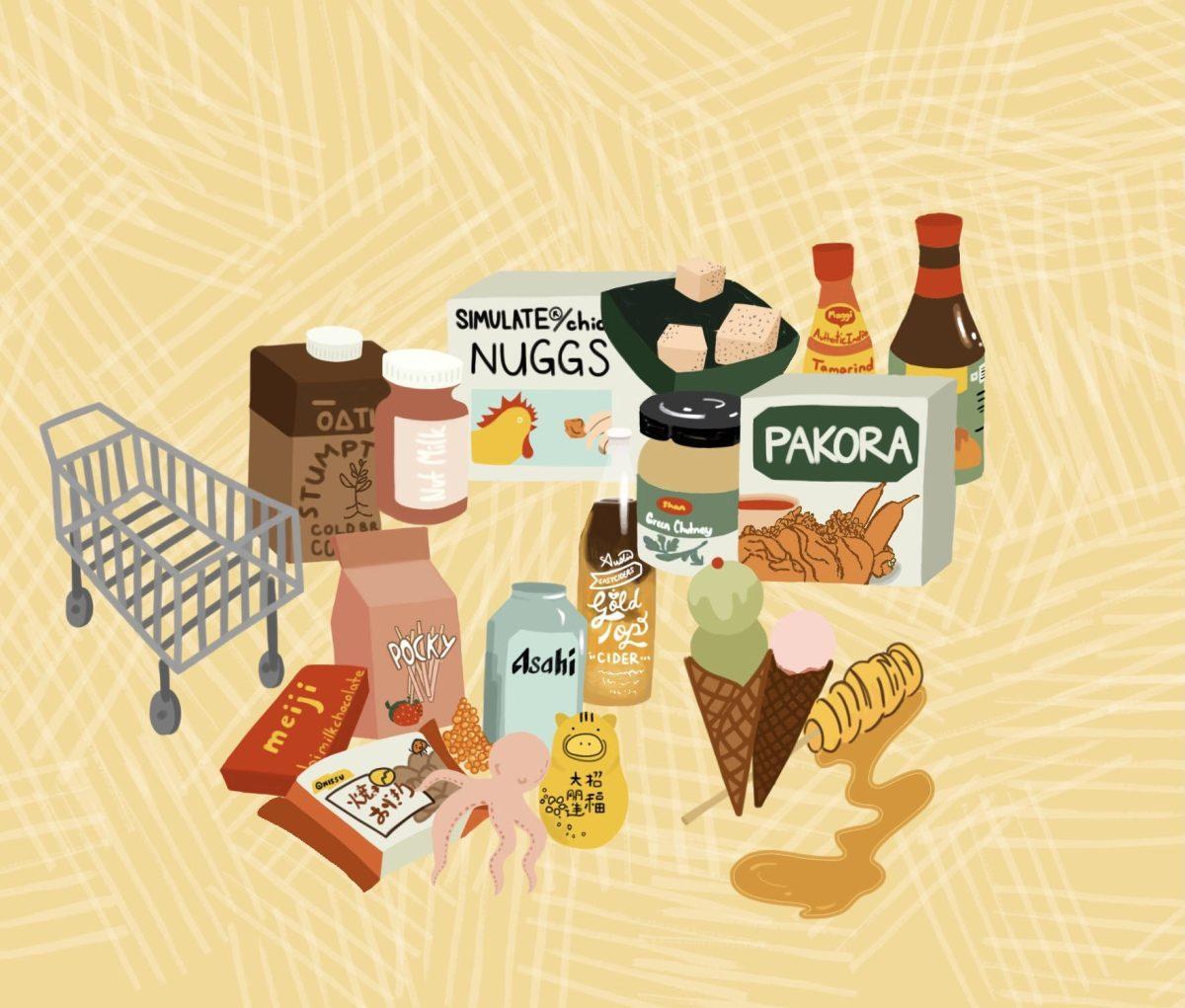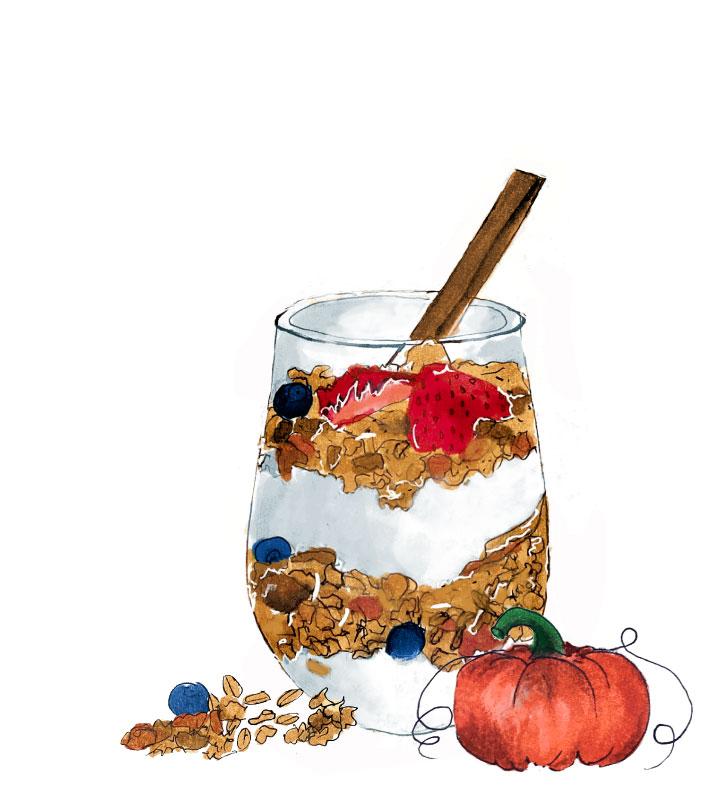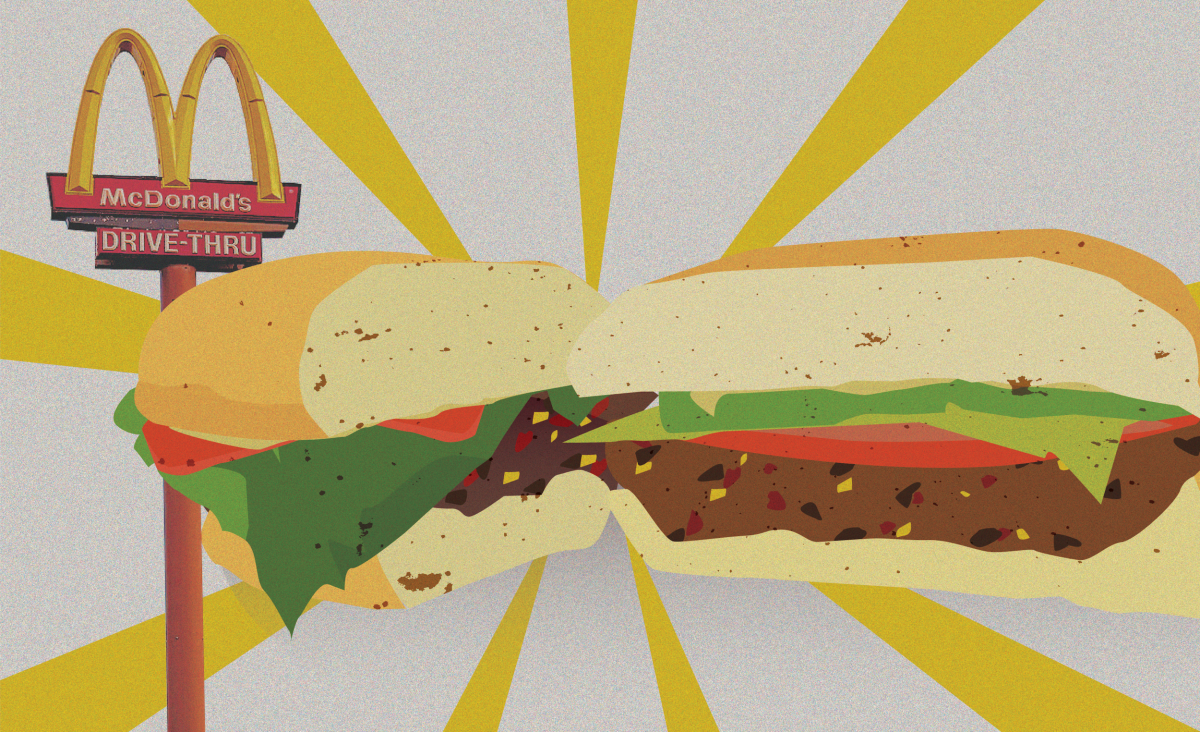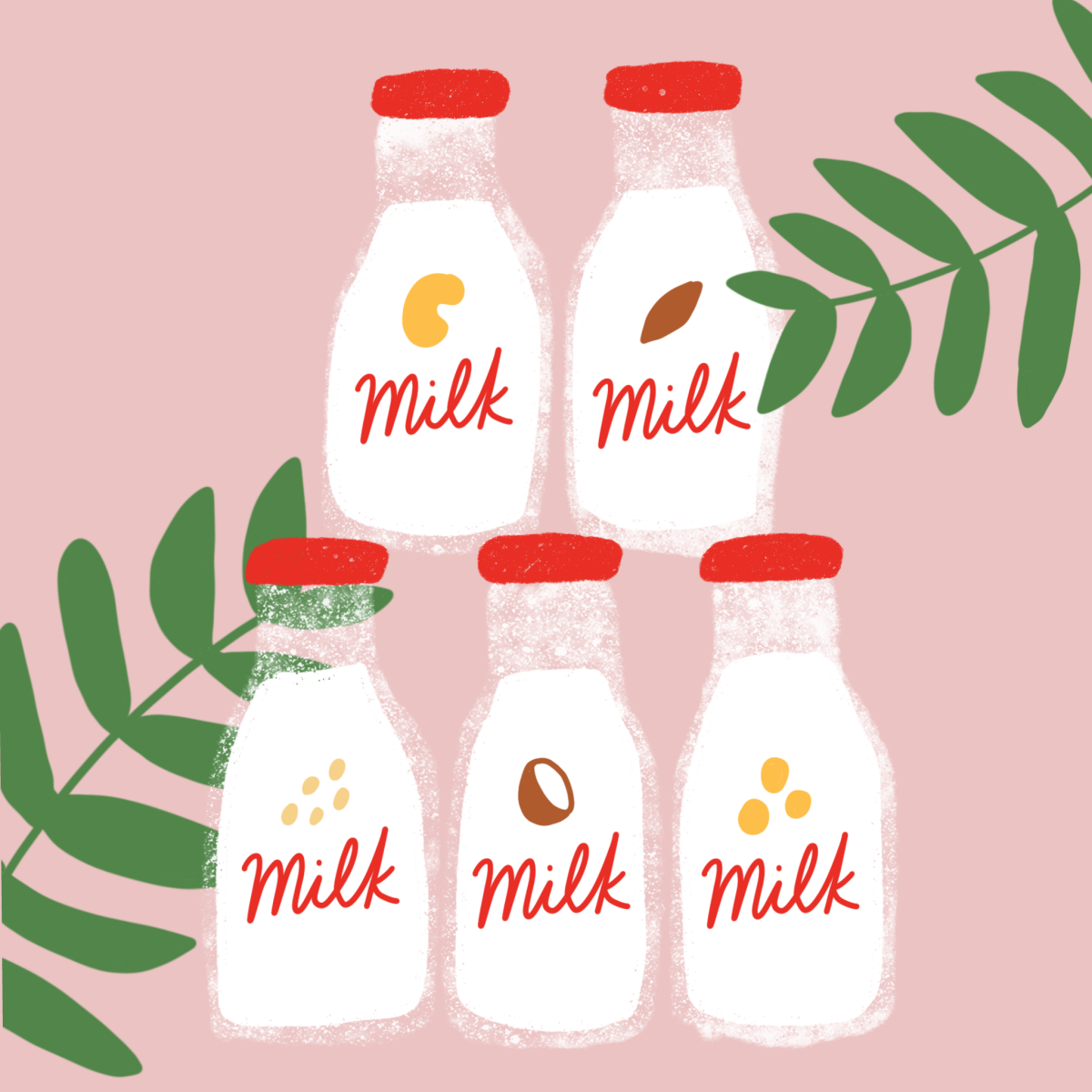Story by Melyssa Fairfield
Illustration by Lauren Nail
“The Paleo diet? Like where you only eat meat?”
There are a lot of misconceptions about the paleo diet — people don’t just sit around like cavemen and cavewomen and gnaw on meat. The diet is basically focusing on eating natural, unprocessed and non-artificial foods. In essence, eating foods that existed before packaging and processing. This includes avoiding dairy, wheat and refined sugar. It sounds tough, but more and more people are adopting the paleo lifestyle, and with today’s organic and natural options, it is easier than ever to start.
Step 1: Get the basics
Healthy fats: Paleo is all about knocking out the myth that fat is bad for you. Healthy, natural fat is a big part of the paleo diet and should be incorporated often. Pick up extra virgin olive oil, coconut oil, avocados and some good-quality, uncured and nitrate/nitrite-free bacon. You can use these fats almost every day, and they add flavor to anything you put them in.
Veggies: Of course, paleo tends to be a meat-heavy diet, which means you have to make sure you pack in vitamins and nutrients with lots of veggies. Stock up on dark, leafy greens like kale and spinach to sauté and add to smoothies, and pick up your favorites (or try something new) like broccoli, carrots, mushrooms, zucchini and asparagus to quickly steam or roast.
Meat: What’s a primal diet without the meat? Almost any meat is welcome in the paleo diet — just look out for added sugars, preservatives and other undesirable ingredients that take your protein too far from its natural state.
Everything else: Fruits, nuts, seeds and sweet potatoes are welcome accompaniments to a paleo lifestyle. Though some argue against the use of butter in paleo, part of the diet is finding what you tolerate well and working with it. If you have no problem with dairy, then grass-fed butter can be a great source of healthy fat.
Step 2: Experiment and have fun
Once you have your fresh batch of healthy, unprocessed foods, it’s time to start cooking. One of the challenges of following a successful paleo lifestyle is getting comfortable cooking more frequently and avoiding fast food. Plan meals in advance, cook ahead and figure out some go-to favorites you can whip up in times of food crisis. Most importantly, don’t beat yourself up for slipping or struggling. Most people come from a lifestyle in which bread with 30-plus ingredients or drinks with high levels of genetically-modified sugar is a norm.
It may not be easy to transition into a completely different way of thinking about and eating food. You can set your own pace and listen to your body about what works or doesn’t work for you, so don’t stress over trying to achieve perfection.
Step 3: Check out the resources
Though paleo may seem like a new or trendy diet, there is actually a huge online community with tips, nutritional info, specific details about the diet and, most importantly, recipes. A simple “How you do you make _____ paleo?” will bring up helpful websites. Some great websites to look at for everyday and simple to elegant and fancy meals are:
Nomnompaleo.com: Michelle of Nom Nom Paleo has published a book on paleo recipes, created an app and runs a full-time blog full of inspiration, resources and tons of recipes.
Paleomg.com: Julie of Paleomg has published two paleo cookbooks and also runs a blog, frequently posting new recipes for almost any occasion. This website is great for beginners because Julie writes quite often how she doesn’t follow paleo perfectly and how it’s okay to treat yourself without feeling guilty.
Follow these steps for a simple way to get started on this seemingly complex lifestyle diet, and begin your journey to eating well and feeling great.













































Debbie • Feb 27, 2015 at 10:46 pm
Also check out chef Pete Evans for awesome tips and inspiration